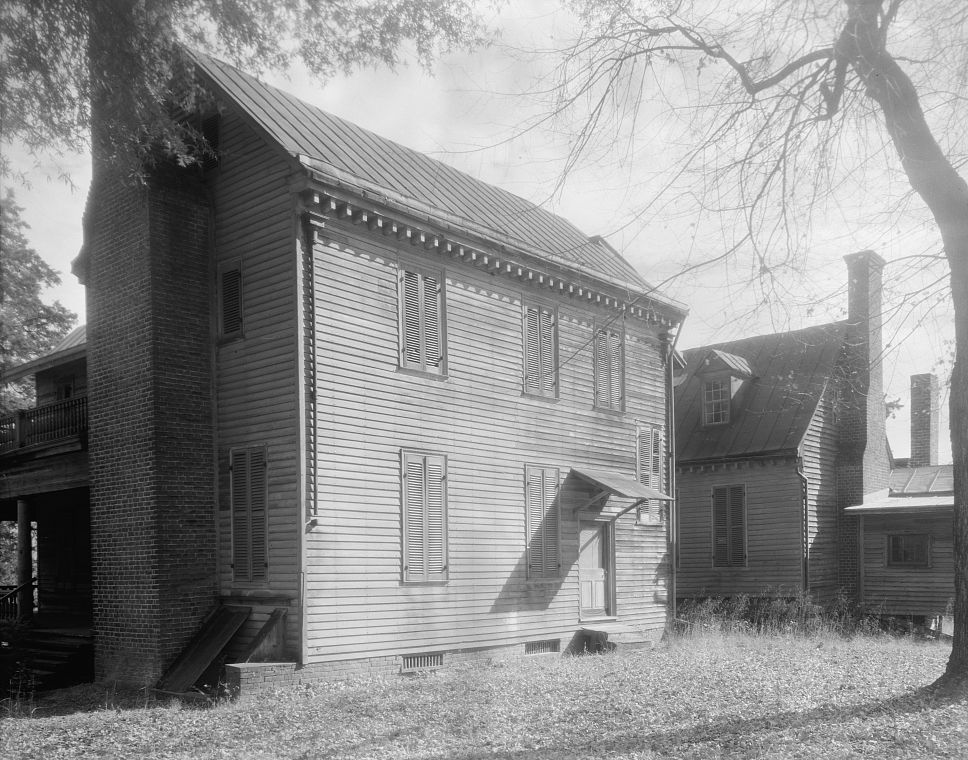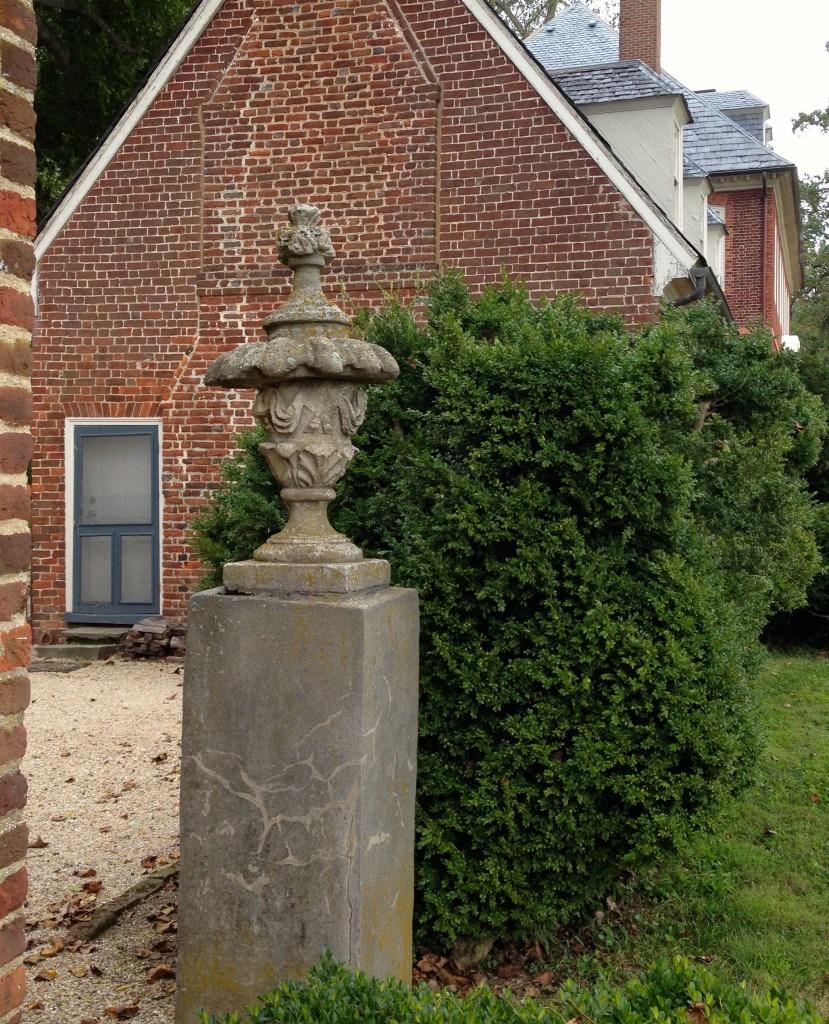Pittsylvania County Genealogy Records, Wills, Estates

Genealogists Search Many States for Answers
All of a person’s ancestors did not reside in one State. After coming to this country, they moved around with great regularity. That is because the land was so important to survival. The habit of allowing fields to remain fallow for two years or more was helpful, but not enough. A good rich, loamy soil was required to sustain generations of families. In Virginia, it was tobacco that quickly depleted the soil, and soon after the American Revolution, families were on the move. Genealogists, look to the land grants of these soldiers (for service) and subsequent land lotteries in Georgia. Many families drew and won land in the lotteries, according to the number of persons in the family. That is why it is important to examine Tax Digests, which list the number of acres and the county. We trace the movement of our ancestors through deed records, tax digests, land grants, and lotteries. As families moved along, it becomes necessary to examine the county records everywhere that they resided. This is where marriage records were recorded, deeds given, and estates probated. Also, a close examination of local cemeteries and churches is indicated. Why? Because burial records and church registers also tell the story. Georgia Pioneers has a vast collection of county records and includes the states of Alabama, Georgia, Kentucky, North Carolina, South Carolina, Tennessee, and Virginia. It is easy to search from one state to the next using the same portal. List of Traced Virginia Families on this website.
Indexes to Probate Records
- Wills, Estates, Inventories 1809 to 1853
- Wills, Estates, Inventories 1854 to 1865 (Circuit Court)
Images of Accounts (Inventories)
- 1770-1788, No. 1
- 1788-1797, No. 2
- 1797-1805, No. 3
- 1805-1812, No. 4
Images of Deeds, Wills
- 1767-1780, No. 5
- 1791-1794, No. 9
- 1794-1797, No. 10
- 1780-1820, No. 11
Images of Deeds
- 1774-1778, No. 4
Digital Images of Wills 1854 to 1865
- Banks, Will B.
- Graves, James
- Green, Nathaniel
- Harper, George
- Holland, Stephen
- Nelson, Lucy Mann
- Newton, William
- Parker, George
- Price, Hutchings B. estate
- Price, Hutchings B. (will)
- Prad, Samuel A.
- Robertson, Samuel
- Stone, James H.
Digital Images of Wills 1809 to 1853
- Adams, James
- Adkins, William
- Boaz, Shadrack
- Buford, William
- Clark, William
- Clay, Joseph
- Doody, Thomas
- Fitzgerald, Thomas
- Guy, Samuel
- Hagood, William R.
- Henry, Charles S.
- Henry, Samuel H.
- Price, Cuthbert
- Silly, William A.
- Waddell, Charles
- Wells, Matthew
- Woodson, Murry
Miscellaneous
- List of Militia Officers
Traced genealogies and family histories of Pittsylvania County are available to Members!
| Clements | Wade |
Strangers No More


